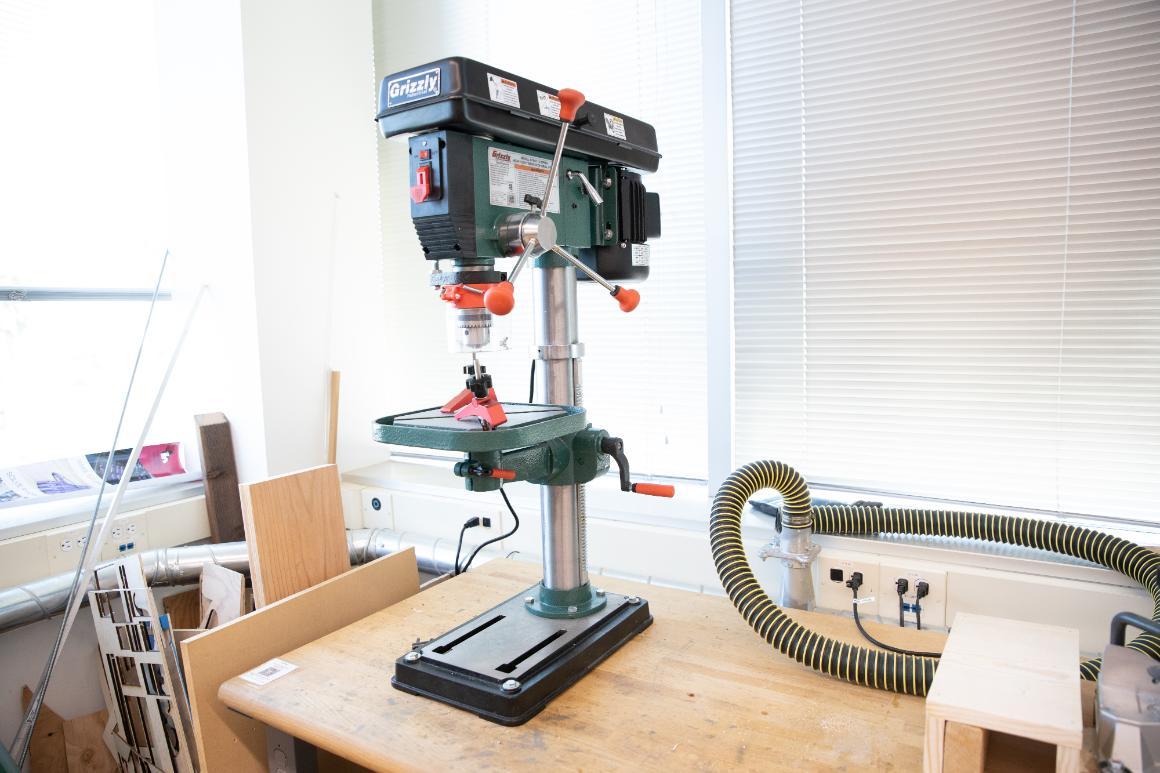Boring a cylinder with a drill press might seem like an intimidating task, especially if you’re new to machining. Rest assured, it’s here, and with the right guidance, you can achieve a tremendous result. Knowing how to bore a cylinder with a drill press can open doors to various DIY projects and professional opportunities. Let’s dive into this process, step-by-step, ensuring you get a comprehensive understanding of the procedure.

What is Cylinder Boring?
Cylinder boring is the process of enlarging a pre-existing hole in a cylinder. This technique is commonly used in the automotive industry to increase the engine’s displacement and to restore the bore’s surface when rebuilding engines. With the right equipment, anyone can perform this task efficiently.
Why Use a Drill Press?
A drill press offers precision and stability, making it an ideal tool for boring cylinders. Unlike a handheld drill, a drill press ensures a straight and steady drill path, crucial for achieving the desired bore size and smoothness. The consistent speed and pressure of a drill press enhance the quality and accuracy of the job.
Necessary Tools and Equipment
- Drill Press
- Boring Head
- Dial Indicator
- Drill Bits
- Cutting Fluid
- Safety Gear (gloves, goggles, ear protection)
Step-by-Step Guide to Boring a Cylinder with a Drill Press
Step 1: Preparing the Work Area
Ensure your workbench is clean and organized. Gather all necessary tools and equipment. Check that your drill press is in good working condition and properly secured.
Step 2: Setting Up the Drill Press
Install the boring head onto the drill press spindle. Adjust the table height so the cylinder is positioned correctly under the drill bit. Secure the cylinder with clamps to prevent movement during drilling.
Step 3: Measuring and Marking the Cylinder
Use the dial indicator to measure the existing bore size. Mark the center of the cylinder’s top surface with a center punch to guide the drill bit.
Step 4: Choosing the Right Drill Bit
Select the appropriate drill bit based on the desired bore size. Start with a smaller bit and gradually increase the drill bit size to avoid stressing the material.
Step 5: Drilling the Pilot Hole
Use a smaller drill bit to create a pilot hole. The pilot hole helps guide the larger bits and prevents the drill bit from wandering.
Step 6: Boring the Cylinder
Start with the smallest drill bit and gradually increase the size. Apply cutting fluid to reduce friction and heat. Maintain steady pressure and allow the drill bit to do the work.
Step 7: Finishing Touches
Once the desired bore size is achieved, use a reamer to smooth the surface. Inspect the bore for any imperfections and make necessary adjustments.
Safety Tips for Boring a Cylinder with a Drill Press
- Always wear safety gear, including gloves, goggles, and ear protection.
- Keep your work area clean and well-lit.
- Ensure all equipment is in good working condition before starting.
- Use clamps to secure the cylinder and prevent movement during drilling.
Common Mistakes to Avoid
Learning how to bore a cylinder with a drill press involves understanding common pitfalls and how to avoid them. One common mistake is using the wrong drill bit size, leading to inaccurate bores. Another is not securing the cylinder properly, resulting in a misaligned bore. Always double-check your measurements and setup before drilling.
Advantages of Using a Drill Press for Cylinder Boring
Using a drill press offers several advantages, including precision, consistency, and the ability to handle larger projects. A drill press ensures a straight and steady drill path, crucial for achieving accurate and smooth bores. The consistent speed and pressure of a drill press enhance the quality of the job, making it an indispensable tool for cylinder boring.
Maintaining Your Drill Press
Regular maintenance of your drill press ensures its longevity and optimal performance. Clean the machine after each use and check for any signs of wear or damage. Lubricate moving parts to prevent rust and ensure smooth operation. Regularly check and replace any worn-out components.
Advanced Techniques for Experts
For those with more experience, advanced techniques like using a boring head or precision boring bar can further improve the quality of your cylinder bores. These tools offer greater control and accuracy, making them ideal for professional applications.

Frequently Asked Questions
What is the best drill bit for boring cylinders?
The best drill bit for boring cylinders depends on the material and desired bore size. Start with a smaller bit and gradually increase the size to avoid stressing the material.
How do I ensure accurate measurements?
Use a dial indicator to measure the existing bore size accurately. Double-check your measurements before drilling to ensure precision.
Can I use a handheld drill for cylinder boring?
While it’s possible, a handheld drill lacks the precision and stability of a drill press. A drill press is recommended for its consistent speed, pressure, and accuracy.
To learn more about utilizing advanced technology in manufacturing, visit paint inspection, genetic analysis, or wafer polishing.
For more detailed information on using a drill press, check out this external link.